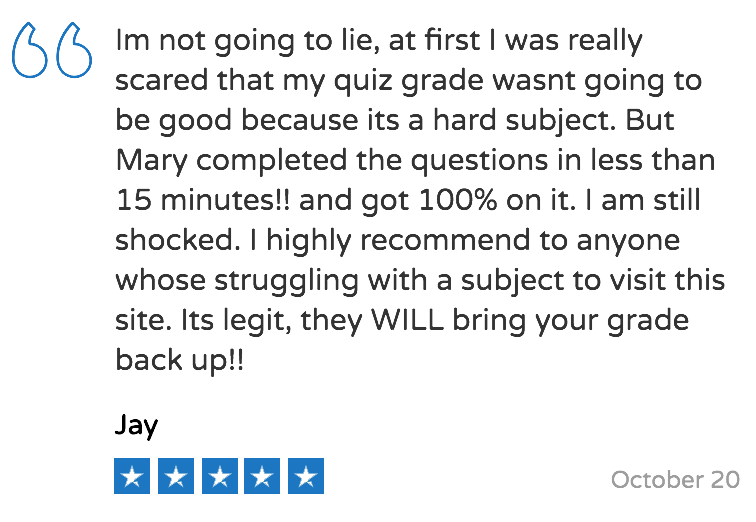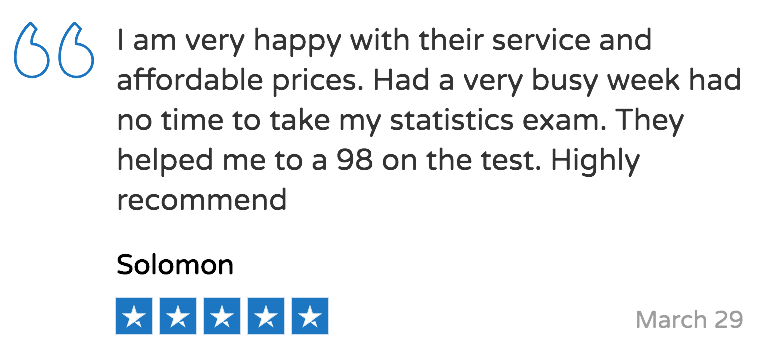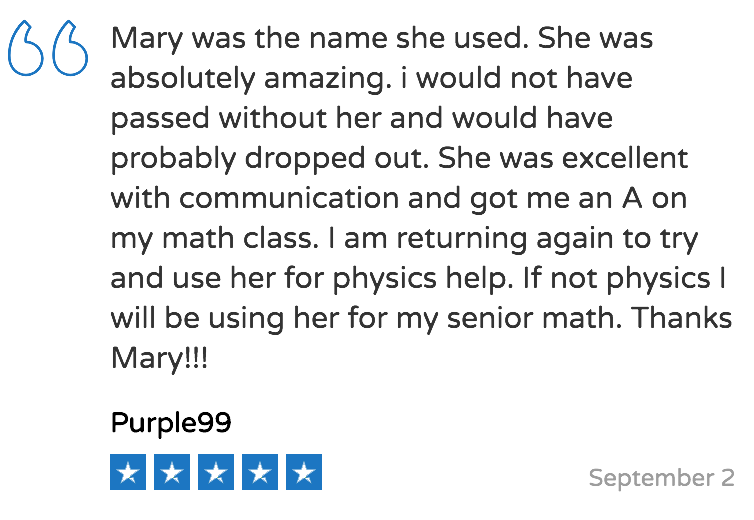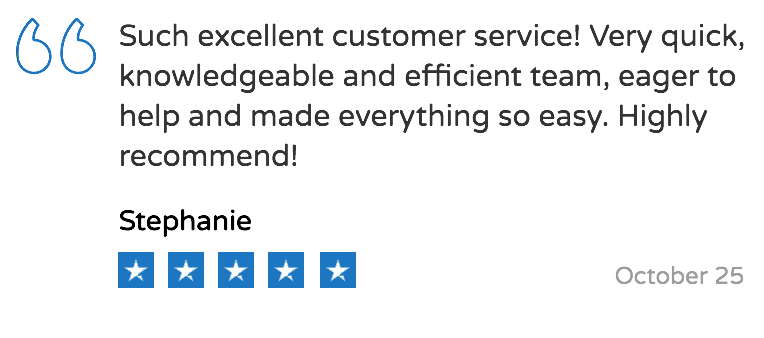Your
6+ Years Acing Homework | 350k+ Happy Students
- Homework
- Assignment
- Quiz
- Test
- Proctored Exam
- Essay
- Project
- Full Online Class
Get Homework Help on These Platforms
We have extensive experience doing homework for students on these online platforms boosting your grades
- Canvas
- Backboard
- Pearson MyLab
- MyMathLab
- MathXL
- WebAssign
- MyOpenMath
- ConnectMath
- HawkesLearning
- Connect
- Aleks
- D2L (Desire2Learn)
- Cengage
- Moodle
- WileyPlus
- MacGraw-Hill
- Straighterline.Com
- Sophia.Org
- Study.Com
- Many Others
Can teachers catch you using AI?
In the academic landscape, where integrity forms the cornerstone of learning, the emergence of AI tools capable of generating essays, solving equations, and even engaging in creative tasks has presented new challenges. One pertinent question arising from this development is whether educators can identify if a student has used AI to complete their work. Indeed, with advancements in technology, teachers are becoming increasingly adept at detecting the use of AI in academic submissions.
The Nuances of AI Detection
The task of identifying AI-assisted work is complex. Educators are honing their abilities to spot inconsistencies and signs that may indicate the use of AI. The process, however, is not foolproof and depends on a multitude of factors, from the sophistication of the AI tool to the diligence and familiarity of the teacher with their students’ capabilities.
Get Math Homework Help | Math Assignment Help Online | Hire A MyMathGenius
Indicators of AI Usage
Educators may look for several signs when assessing work:
- Complex Syntax: AI can produce text with complex sentence structures that may not align with a student’s known abilities.
- Consistency: A sudden improvement in the quality of work or a mismatch in knowledge could suggest AI involvement.
- Analytical Depth: AI-generated responses may lack the depth or critical thinking that teachers expect from their students.
Technological Aids for Educators
To keep up with the AI trend, various educational tools have been developed:
- Advanced Plagiarism Detection: New iterations of plagiarism detection software are being equipped to recognize not only copied texts but also patterns indicative of AI generation.
- Writing Analysis Tools: Software that performs stylometric analysis can flag deviations from a student’s usual writing style, which may suggest the involvement of AI.
The Challenge of Advanced AI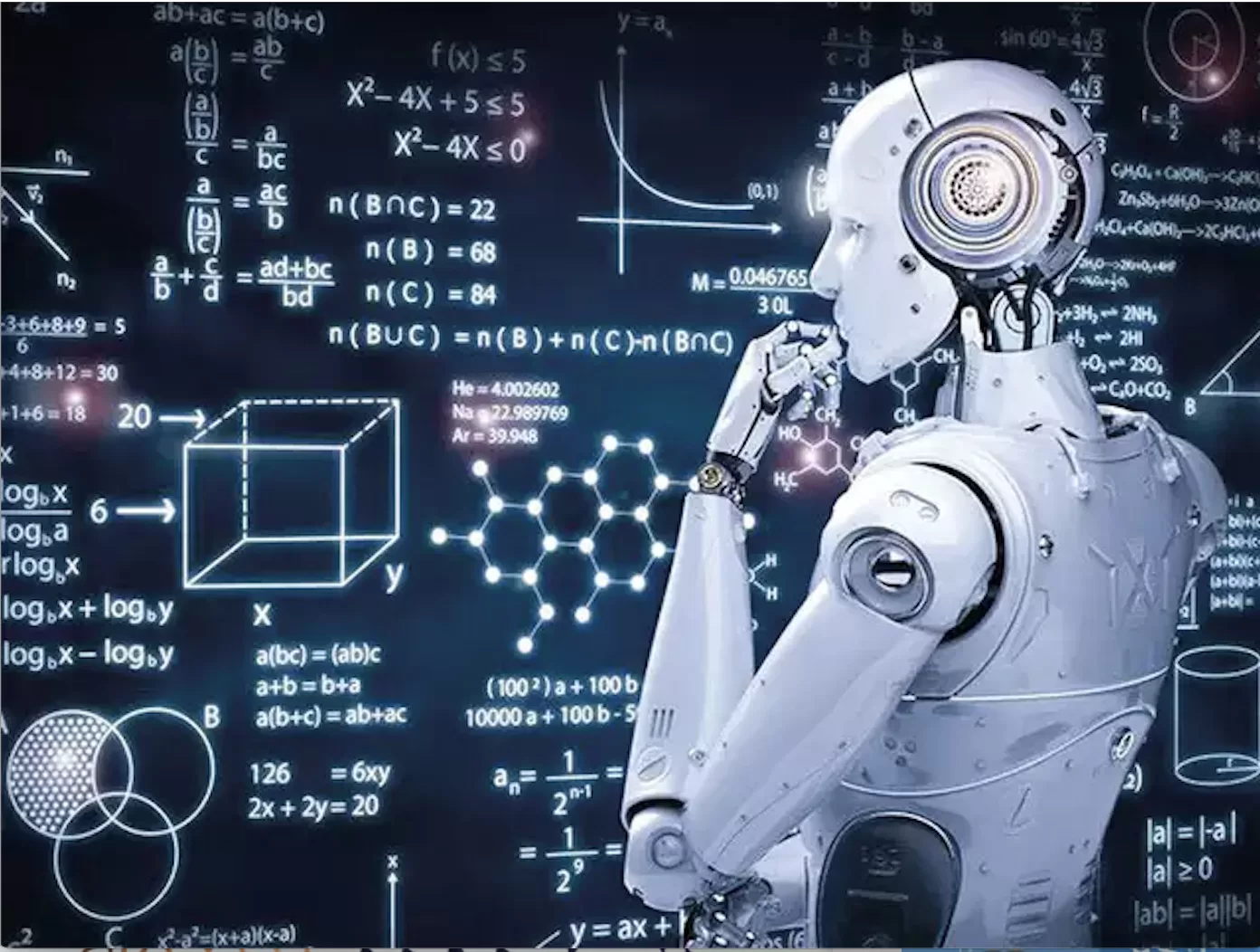
As AI grows more sophisticated, so do the challenges of distinguishing AI-generated content from human work. The variance in AI tool quality further complicates this task.
- Evolving AI: Tools like OpenAI’s ChatGPT have demonstrated the ability to produce human-like text, making detection increasingly difficult.
- Diverse AI Quality: The wide range of AI tools available means that while some can be easily spotted, others might require a more nuanced approach to detect.
Leveraging Educator Experience
Despite these challenges, a teacher’s familiarity with their students’ work can be incredibly valuable. This intuition, built from classroom interactions and previous assessments, forms the basis for detecting discrepancies in a student’s submitted work.
Can Google help me solve a math problem?
Ethical Implications in Education
The integration of AI into education is not merely a challenge; it is also an opportunity to reinforce the value of original thought and the learning journey.
- Promoting Originality: Teachers continue to stress the importance of learning and understanding over simply providing correct answers.
- Policy Adaptation: Academic institutions are actively developing guidelines to address the use of AI, ensuring that its integration into the educational process is transparent and ethical.
Educational Approaches to Ethical AI Use
An open discussion about the role of AI in education can help foster an environment of responsible usage.
- AI as a Learning Aid: When used properly, AI can serve as a powerful tool for reinforcing concepts and providing practice opportunities.
- Drafting and Revision: AI can help students brainstorm and structure their thoughts, but the critical process of revising and personalizing their work should remain a human endeavor.
The Evolution of AI in Academia
As AI technology continues to advance, its role in education is expected to grow, potentially becoming a standard tool used alongside traditional learning methods.
- Collaborative Potential: AI may be recognized as a legitimate collaborative tool in education if its use is guided by ethical considerations and transparency.
- Educating on AI: Part of digital literacy might soon involve understanding how to use AI responsibly and discerningly in academic work.
Conclusion
The intersection of AI and education is a dynamic field that is evolving rapidly. Educators are actively seeking ways to adapt to this new reality, ensuring that AI serves as a complement to education rather than a shortcut around it. The key lies in balance – using AI as a tool for enhancement rather than replacement, and cultivating an educational ethos that values the learning process as much as the final outcome. With continued vigilance and adaptation, teachers can not only catch the use of AI but also guide students to use it as a beneficial component of their education.
REQUEST A QUOTE Chat, Text or Email Us and Get a Quote Within Minutes
Order NowThe difficulty of a subject can be and is a big challenge for students. When concepts are hard to grasp, especially in subjects like advanced mathematics or statistics, these students see no other choice but to reach out to websites that provide homework assistance. This is especially the case with students that are taking their classes online who are missing the study group experience with their peers or hearing an in-person lecture on campus.
An overwhelming workload from multiple classes can make it challenging for many students to dedicate the necessary time and energy to all those homework assignments. When faced with deadlines for essays, projects and exams all due around the same time, the pressure can easily push students to hire someone to do that coursework. It is easy to assume that students can handle everything, but when faced having to free up countless hours to manage a heavy workload, the time is just not there.
Stress and anxiety about meeting fast approaching deadlines can be extremely overwhelming for students. The fear of not having studied enough to pass that test or exam when faced with increasing performance expectations by the academia can be paralyzing. This can lead to a situation where students feel that the only way to make it through is by paying someone to do their homework and make it one step closer to graduation.
A lack of time is another major factor driving students to outsource their homework. Busy schedules filled with extracurricular activities, part-time jobs, and family commitments can leave little to no room for homework and exams. This lack of available time is particularly challenging for college students who are trying to balance overwhelming academic responsibilities with personal development and a fulfilling social life. There are many aspects of life that are more important and hiring homework help services is the better alternative for achieving a balance.
Real Customer Reviews









